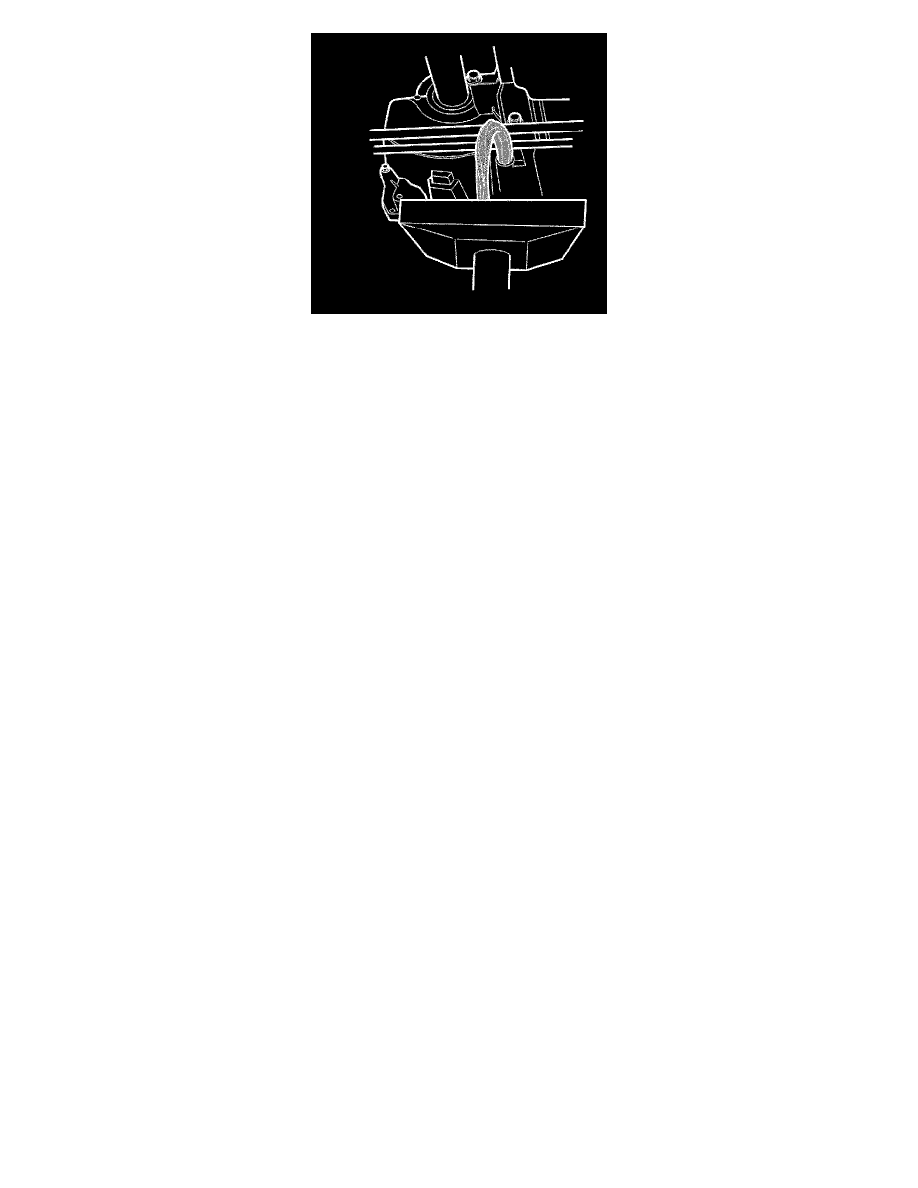V70 2.4 L5-2.4L VIN 61 B5244S (2001)

Counter for transmission fluid data
A counter for transmission oil quality is built into the software for the transmission control module (TCM). The counter counts up the amount of time
the oil is above a certain temperature. When the counter has reached the maximum value, the diagnostic trouble code (DTC) for an oil change is
stored in the control module. When replacing transmission fluid the counter must be reset to prevent a diagnostic trouble code (DTC) being stored
incorrectly. This applies when the transmission fluid is changed and when the fluid is changed during a repair.
The reset function is activated via the VADIS vehicle communication socket.
Emergency mode in the event of a fault
An emergency program is activated to deal with the fault when the transmission control module (TCM) detects a transmission fault (permanent fault).
If the transmission control module (TCM) detects a permanent fault, an emergency mode is activated. The transmission control module (TCM) then
implements corrective action to protect the transmission, while leaving the car in the best possible drivable condition. Minor malfunctions do not
activate an emergency program. There are different programs depending on the type of fault:
-
Emergency mode
-
Limp-home mode.
Emergency mode is activated for minor faults and the Limp-home mode for the most serious faults. If the malfunction is intermittent, the transmission
control module (TCM) returns to normal operation the next time the ignition is switched on.
Emergency mode
The warning lamp in the combined instrument panel comes on and a or text message is displayed for diagnostic trouble codes (DTCs) stored in the
transmission control module (TCM).
The transmission shifts in all gears but transmits no signal to the lock-up solenoid. This means that lock-up is not available.
Limp-home mode
The warning lamp in the combined instrument panel comes on or a text message is displayed for diagnostic trouble codes (DTCs) stored in the
transmission control module (TCM).
The transmission control module (TCM) interrupts the activation of all solenoids. This means that no shifting is possible. The transmission operates
only in 3rd gear in positions 3 and L, 4th gear in position D and reverse in position R. Shifting can only be carried out manually between 3rd and 4th
gear and reverse gear. No control of line pressure solenoids SLS and SLT. Maximum system pressure constantly which results in harsh upshifting and
downshifting and harsher shifts when engaging P-R. N-R and N-D.
